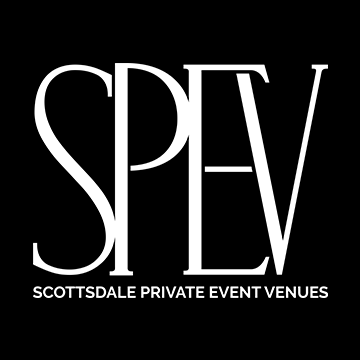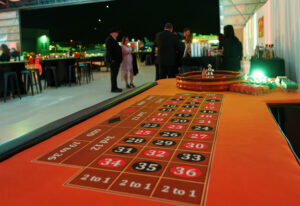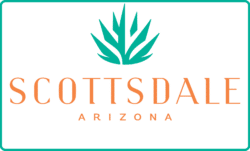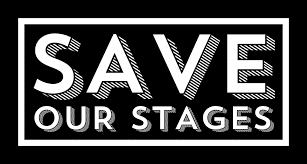Catering is the activity of providing food and beverage for events. Caterers, which are either independent vendors or individuals within a particular department of a facility, such as a hotel or restaurant.
Catering is provided at a full range of events, including business meetings, conferences, exhibitions, special events, weddings, and other social occasions. In addition to responsibilities for food and beverage, many caterers also handle event decor, A/V and other aspects of the program.
The catering manager will typically manage the staffing of servers, chefs and others.
For example, the event manager organized a fundraising special event at the local hotel, and the catering department handled all logistics associated with food, beverage, decor and entertainment for the program. Catering included a cocktail hour and a formal sit down meal.
Deciding on a Menu
As an event planner, you’ll meet with the banquet or catering manager ahead of your event to discuss your needs. Knowing the basics of what you’ll need will save you time. For example, if you’re planning a business meeting that will carry over to lunch, you may order box lunches.
When you’ve chosen the kind of service, you can work with the caterer to decide on what they’ll serve. Take into account both the expectations of your guests and your budget.
And openly talk about budget limitations with the caterer. They may have some ideas that will look elegant but are less expensive, such as using produce that is in-season.
Catering Lingo
Every industry has its jargon, so it’s important to understand industry terms before you’re meeting. Below are 42 common words and phrases you should know:
- A la Carte: A phrase meaning “according to the menu,” which refers to a variety of differently priced dishes
- A la mode: A phrase indicating that a dessert will come topped with ice cream
- Amuse-bouche: Bite-sized hors d’oeuvre that is prepared according to the chef’s selection
- Apéritif: A before dinner, light alcoholic beverage that is used to stimulate appetite
- Back of House: The equivalent of “backstage.” Everything your guests do not (and should not) see
- BEO: A Banquet Event Order is a document that outlines the details of your event. It serves as a guideline for the hotel to execute and communicate logistics to all necessary hotel departments
- Bowl Food: Small bowls of food passed amongst your guests during a standing, casual reception
- Canapé: Bite sized appetizers
- Charger: Also known as the under plate, they’re larger decorative plates used to dress up the table and food is not served on them
- Corkage: A fee charged per bottle for opening and serving wine brought in by the client
- Crudité: Raw vegetable appetizers, sliced or whole, that are dipped
- Dry Hire: Hiring a venue, without any labor, assistance, furniture, or delivery included. Always check what “dry hire” includes
- Deposit: The amount required to pay in advance of your booking
- Digestif: An after dinner, stronger alcoholic beverage enjoyed as an aid to digestion
- Dueling Menus: Are split Entrees and often used to introduce more exotic menu items. For example, instead of having an eight-ounce steak, you can have a four-ounce steak and a four-ounce piece of fish (surf and turf).
- F&B: Short for “food and beverage”
- Family Style: A style of serving food in which diners help themselves from plates of food that have been put in the middle of the table
- Food Stations: A fun way of serving a variety of foods at a reception. For example, you might have a mashed potato station, a roast beef carving station, an oyster shucking station, or an ice cream sundae station
Catering Lingo
- Front of House: Like the stage of a theatre; everything you and your guests do see
- In-House: Everything that the caterer or venue already has. For example “we have an in-house audiovisual team”
- Intermezzo: an intermission in meal service just before the main course.
- Linens (aka Napery): The table covers and napkins
- Market Price or AQ (As Quoted): used in place of a set price on a menu item where the price shifts seasonally or where prices fluctuate greatly
- Mise en place: Literally means “putting in place” and refers to organizing and setting up all aspects of the event
- Placement: The correct way of displaying cutlery, glassware and stationery on the table
- Platters: Used to display and serve canapés to your guests. Can be extravagant or elegant, and should always allow for beautiful presentation
- Props: The term for everything that exists purely for aesthetics, with no purpose other than to make things look beautiful or convey a theme. For example, balloons and flowers
- Service: A term for the delivery of food and drinks to all of the guests
- Set Up: (aka “the in”) the time it takes to get all the equipment into a venue and set up for the event
- Shuck: The delicate process of opening an oyster shell
- Silencer: Padding used under the tablecloth to prevent noise from dishes, cups or and flatware from clattering. Its’ especially important when speakers are on stage during a meal
- Site Visit: A venue walk-through before booking the venue and before the event. It helps you determine the best space for your event, and the advantages and limitations of the venue. With a thorough site inspection, planning and production teams can avoid unexpected costs, last-minute changes to layouts, and mishaps during the event
- Snake Service: A line of servers, typically one per guest) enters with plated food and circles each table, placing the plates in front of each guest at the same time
- Sommelier: A trained professional who specializes in wine and food matching
- Tasting: A pre-event meeting where the event planner and client tastes menu options before finalizing the meal plan with the catering manager or chef
- Whisper Call: An alternative to announcing, “Ladies and gentlemen, please take your seats” over a microphone. Instead, the Maître De walks amongst the guests, asking them to move to their table/seats.
By Rob Hard




















